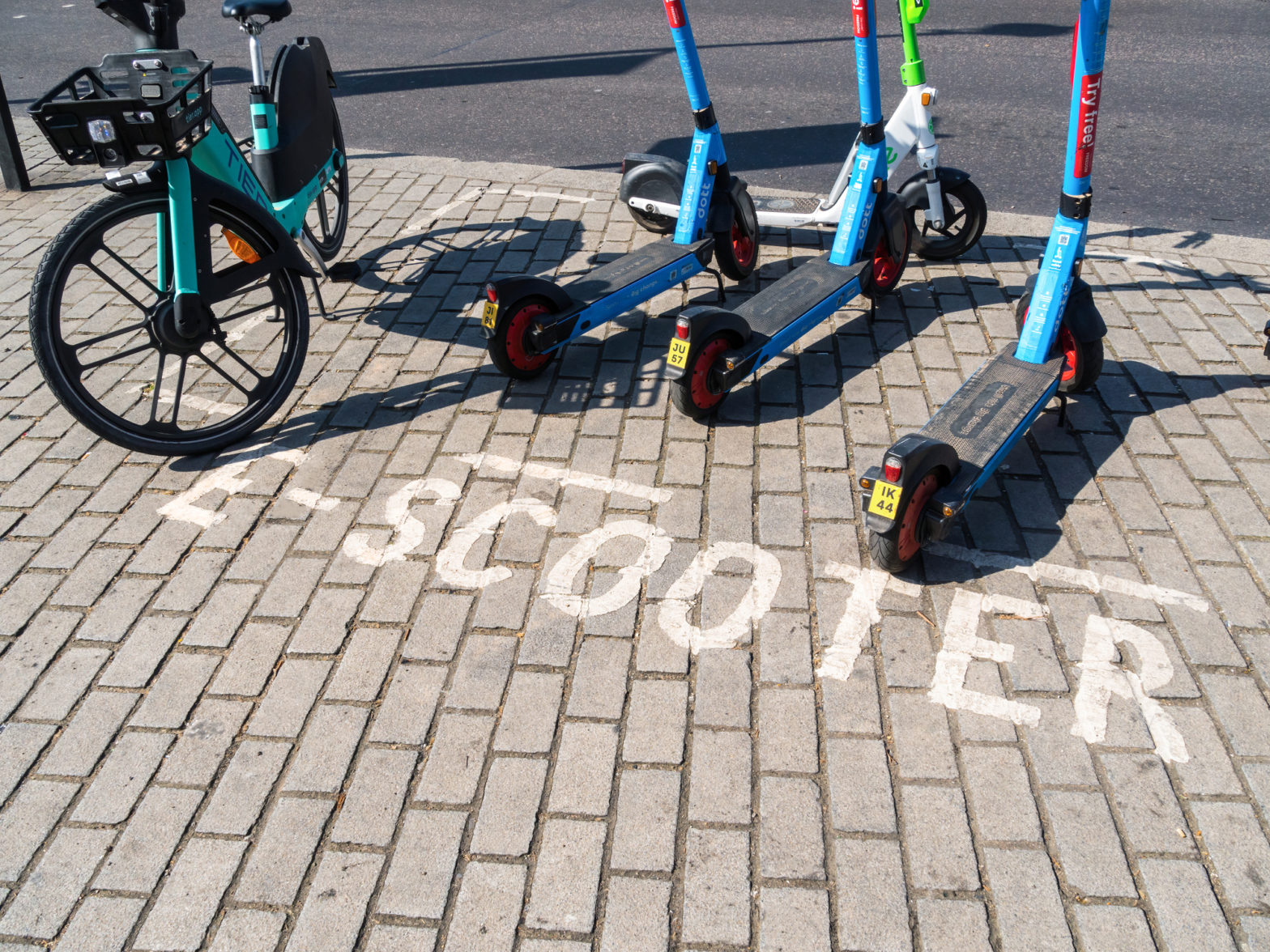
Shared mobility injuries down, says industry group
29 April 2025
by William Thorpe
Injuries involving shared e-scooters and e-bikes have continued to decline across Europe, according to new data released by Micro-Mobility for Europe (MMfE), a Brussels-based industry association representing shared mobility providers.
MMfE reported a 7.9 percent drop in injury rates per million kilometres travelled in 2024 compared to 2023. Since 2021, injury rates linked to shared e-scooters have fallen by nearly 30 percent, with e-bike injuries down by 13.3 percent since 2022. The findings are based on aggregated data from over 312 million e-scooter trips and 79 million e-bike rides across the EU27, the UK, Israel, Norway and Switzerland.
“A nearly 30 percent drop in injuries since 2021 shows that investments in infrastructure, rider education, and better vehicles are delivering real results,” said Christy Pearson, Co-Chair, MMfE. “As cities look to reduce dependency on private cars and improve safety for everyone, shared e-scooters and e-bikes are proving they are not just sustainable, but increasingly secure.”
According to MMfE, the risk of serious injury while using a shared e-scooter is now lower than with a shared e-bike, with 15.4 versus 20.1 serious injuries per million kilometres, respectively. On a per-trip basis, injury rates were 7.1 per million for e-scooters and 11.1 for e-bikes.
The industry group attributes the improved safety record to several factors: newer vehicle models with enhanced safety features, public awareness campaigns in partnership with local governments, and upgraded infrastructure in many European cities. Shared vehicles are also subject to speed caps that cannot be overridden, regular maintenance, and geofencing technologies that reduce speeds in sensitive areas like pedestrian zones.
MMfE continues to call for stronger integration of shared mobility into public transport planning and supports the EU’s Vision Zero target of eliminating road deaths and serious injuries.
“We look positively to the future and want to strengthen our services and collaboration with decision makers at all levels,” Pearson said. “Shared mobility can help cities deliver safer, cleaner, and more integrated transport systems.”
The body includes members like Bird, Bolt, Dott, Lime, TIER and Voi. The group advocates on behalf of its members and works to influence urban transport policy across the EU and neighbouring countries.
Image: Fluffthecat | Dreamstime.com









